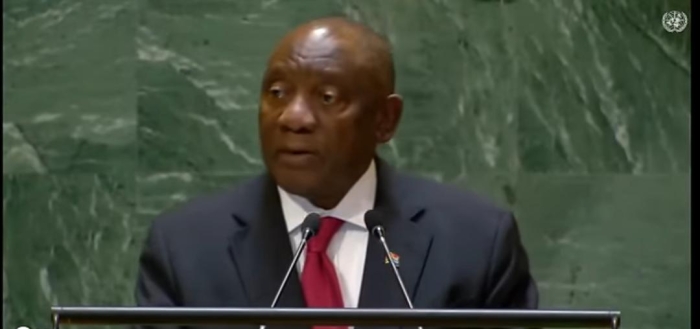On Tuesday afternoon, the USS Kentucky, an Ohio-class submarine, landed at the South Korean port of Busan. The US has warned that any use of nuclear weapons in conflict by North Korea will result in the regime's demise.

In a show of force against tyrant Kim Jong-un, the United States deployed a nuclear-armed submarine to South Korea for the first time in forty years.
According to many accounts in South Korea, the male US soldier's name is Travis King, and he entered the border without authorization around 3.27 p.m. local time. It's unknown why he tried the crossing.
Periodic trips by nuclear-capable US submarines to South Korea were one of several agreements agreed between the two presidents in April in response to North Korea's growing nuclear threat. It is the first time a nuclear-armed submarine from the United States has visited South Korea since the 1980
Defence Minister Lee Jong-Sup described the submarine's visit as proof of the US commitment to execute its "extended deterrence" promise, which calls for the US to employ all of its military capabilities, including nuclear weapons, to protect its allies, according to a ministry statement. The submarine's visit, he added, "demonstrates the allies' overwhelming capability and posture against North Korea."
During the Cold War in the late 1970s, US nuclear-armed ballistic missile submarines made frequent visits to South Korea, sometimes two or three times per month, according to the Federation of American Scientists. It was a period when the US had hundreds of nuclear warheads located in South Korea. But in 1991, the United States withdrew all of its nuclear weapons from the Korean Peninsula.
North Korea's nuclear goals have gained urgency after it vowed to use nuclear weapons in fights with its adversaries and launched about 100 missile tests since the beginning of last year. North Korea conducted a second test last week of a more mobile and powerful intercontinental ballistic missile aimed to hit the United States mainland. North Korean leader Kim Jong-un pledged to expand his country's nuclear military capability after seeing the launch.
In addition, South Korean and US officials met in Seoul on Tuesday for the first time to examine methods to bolster deterrence against North Korea's nuclear threats. "Any nuclear attack by North Korea against the United States or its allies is unacceptable and will result in the end of that regime," the two countries stated after the meeting in a joint statement. President Joe Biden delivered a similar warning during his April meeting with South Korean President Yoon Suk Yeol in Washington.
"Both sides affirmed that the NCG will play an integral role in discussing and advancing bilateral approaches, including guidelines, to nuclear and strategic planning, and responses to (North Korean) aggression," according to the statement. The consultative council is in charge of sharing information on nuclear and strategic weapons operating plans as well as cooperative activities. The United States will retain operational control of its nuclear arsenal.
According to US officials, the formation of the group and other measures announced in April was intended to assuage South Korean concerns about North Korean provocations while preventing Seoul from developing its nuclear program. Mr. Kim's influential sister and top advisor, Kim Yo Jong, said on Monday that US steps to strengthen its extended deterrence commitment to South Korea will push North Korea "further away from the negotiating table desired by (the US)" and increase its military capacity.
"(North Korea) is prepared to resolutely counter any acts that violate its sovereignty and territorial integrity," Kim Yo Jong stated. "The United States should stop its foolish act of provoking (North Korea), even if it means jeopardizing its security."













